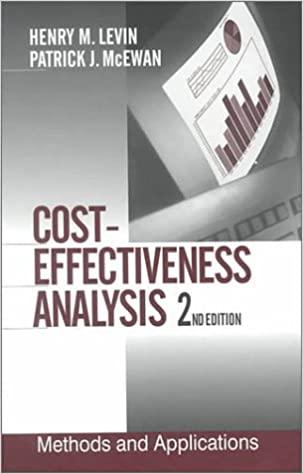Question
Entry Rules: Round your answer to two (2) decimal places. Examples: If your answer is $24,500.4718, enter 24500.47 If your answer is $24,500.4753, enter 24500.48
Entry Rules:
Round your answer to two (2) decimal places.
Examples:
If your answer is $24,500.4718, enter 24500.47
If your answer is $24,500.4753, enter 24500.48
If your answer is $24,500.00, enter 24500.00
If your answer is $0.4718, enter 0.47
If your answer is ZERO, enter 0.00
Never enter $ or , when inputting numerical answers
QUESTION:
Hallway Inc. manufactures a variety of patio chairs. The costing system was designed using an activity-based costing system. The following budgeted information is available at the beginning of the year:
| Product A | Product B | |
| Quantity | 100,000 | 800,000 |
| Selling price | $900.00 | $750.00 |
| Units prime cost | $529.00 | $483.00 |
In addition, the following information was provided so that overhead costs could be assigned to each product:
| Activity Name | Activity Driver | Budgeted Activity Cost | Product A Annual Activity | Product B Annual Activity |
| Setups | Number of set ups | $2,000,000 | 300 | 200 |
| Machining | Machine hours | $80,000,000 | 100,000 | 300,000 |
| Engineering | Engineering hours | $6,000,000 | 50,000 | 100,000 |
| Packing | Packing orders | $1,000,000 | 100,000 | 400,000 |
Use the above information to answer the following questions.
What is the activity-based overhead rate for Setups?
HINT: remember to apply the entry rules.
What is the activity-based overhead rate for Machining?
HINT: remember to apply the entry rules.
What is the activity-based overhead rate for Engineering?
HINT: remember to apply the entry rules.
What is the activity-based overhead rate for Packing?
HINT: remember to apply the entry rules.
Using the activity rates you have calculated, calculate the total overhead that would be allocated to all the units of Product A.
Remember the entry rules and follow them! (Often, when students are marked wrong, it is because they are not following the rules!)
Using the activity rates you have calculated, calculate the total overhead that would be allocated to all the units of Product B.
Remember the entry rules and follow them!
Using the total overhead allocated to Product A, calculate the overhead allocated to each unit of Product A.
HINT: Using the total overhead allocated to Product A, divide that by the number of units for Product A.
___234.00___
Using the total overhead allocated to Product B, calculate the overhead allocated to each unit of Product B.
HINT: Using the total overhead allocated to Product B, divide that by the number of units for Product B.
Calculate the total cost per unit for Product A, given the overhead per unit you just calculated. Then, using the Selling Price per unit for Product A, calculate the operating income per unit for Product A.
The operating income per unit of Product A is $__________.
Calculate the total cost per unit for Product B, given the overhead per unit you just calculated. Then, using the Selling Price per unit for Product B, calculate the operating income per unit for Product A.
The operating income per unit of Product B is $__________.
Step by Step Solution
There are 3 Steps involved in it
Step: 1

Get Instant Access to Expert-Tailored Solutions
See step-by-step solutions with expert insights and AI powered tools for academic success
Step: 2

Step: 3

Ace Your Homework with AI
Get the answers you need in no time with our AI-driven, step-by-step assistance
Get Started


